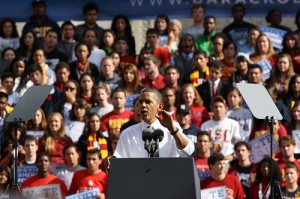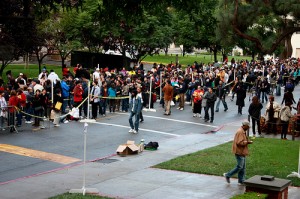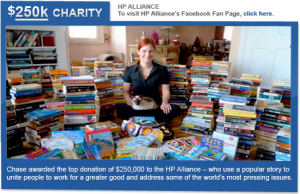
I’ve been thinking lately about engaged and other forms of participatory scholarship and how it might apply to the work that we’re doing at Civic Paths. Engaged scholars are intentional in crafting a relationship with their work that includes a dedication and involvement with their subject matter; the scholar admits to becoming a stakeholder rather than attempting to remain objective and uninvolved. This kind of framing connects to a trend in qualitative methods where scholars deeply consider the potential impact of their work, and attempt to challenge the power dynamic that appears to so starkly distance researchers from their subjects. By engaging with participants in this way, researchers can also begin to employ different notions of traditional concepts like validity and voicing. For instance, new knowledge and findings can be validated by the participants, rather than just the researcher, and the voices of the participants can be utilized within the writing process alongside the voice of the researcher.
Although our research collective sometimes shies away from discussing our relationship with organizations, it seems that there is a standard default that has been assumed—we are studying and learning from these organizations, and we are not intervening in their work in any way. Whether or not it is intentional, this assumption upholds the position that we must remain academics, and they must remain practitioners, and that a divide exists between the two. I would like us to question these assumptions, for a number of reasons. First, our process of growing knowledge and developing insights about how young people become civically engaged via participatory culture could be strengthened by a sense of collaboration and reflexivity, rather than assuming the traditional posture of the (knowing) academic and the (unknowing) subject. Although I don’t feel that anyone actually believes that academics are superior to practitioners, we still need to consider the implications of choosing conduct our research in a traditional fashion. Given the unique relationships that we already have with these organizations (for instance, that we present together at academic conferences), it seems natural to begin to question our own methodologies. Moreover, it is safe to say that we already are stakeholders in the project of helping young people to become civically engaged—we have a firm opinion on the matter, which is that our society is improved when more people are civically engaged, and so we are invested in learning about this process so that we can find new ways to encourage others to do the same.


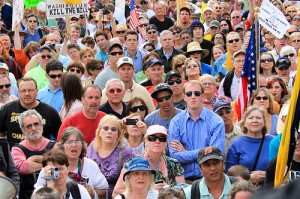
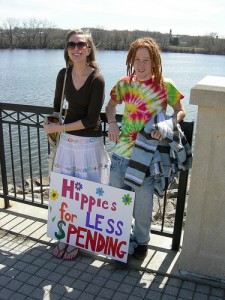
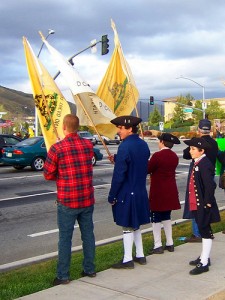 While it is true that
While it is true that 